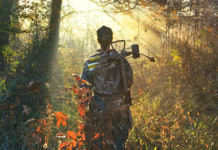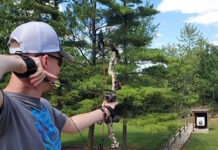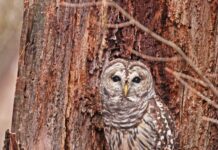The art of deception is a fitting way to describe the reason and realism of duck decoys. And so is the fact that decoys provide the perfect example of functional art.
But more that that, the making, collecting and use of decoys are the glues that keep a large, international group of people coming back to Westlake, Ohio each March to enjoy the annual gathering of the Ohio Decoy Collectors and Carvers Association.
To be sure, working decoys — those made to hunt over — especially the older, hand- fashioned ones, carry a regional look. Long Island, N.Y.; Michigan; and the duck clubs of the Carolinas are just a few examples of regional styles.
Attraction
More than that, regional look and style whittle down to a decoy maker’s personal touch and that’s what collectors covet. Some collectors favor examples of a specific crafter’s work while others may go for oddities like canvas covered decoys, cork bodies or miniatures.
So here they gather, filling the rooms of an entire hotel with ducks, ducks and more ducks. The pros trade and they sell. Curious visitors and hunters look for the perfect spread of fake ducks shop, buy and order more from their favorite crafter.
Even the hotel swimming pool gets a look as decoys float their way to fame and fortune.
Skills taught
Learned carvers treat neophytes lessons about wood, about decoy heads and about the right mix of colors. It’s the right place to learn about creating feathers, sanding and burning details.
Yes, there are lots of artsy ducks, those smooth and colorful pieces so perfectly done for mantles and desk tops, but the real attraction is the flocks of older, working decoys, those treasured collectibles that cost a nickel or nothing to make a century ago but now demand hundreds, perhaps thousands to own.
And so go the ducks.
(Readers may contact this writer at mtontimonia@att.net.)












